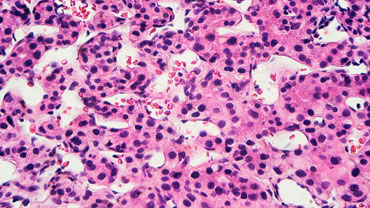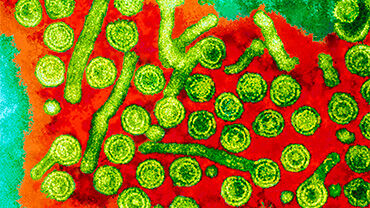World Hepatitis Day - 2014
World Hepatitis Day is marked on 28 July each year to increase the awareness and understanding of viral hepatitis.
First established in 2011, World Hepatitis Day is marked on 28 July each year to increase the awareness and understanding of viral hepatitis. There are five known hepatitis viruses, referred to as types A, B, C, D and E.
ECDC coordinates the enhanced surveillance for hepatitis A, B and C to help countries assess the hepatitis disease burden, evaluate existing prevention and control strategies, and to define epidemiological trends or transmission patterns.
Unknown and often untreated, viral hepatitis affects millions of people across Europe but as many infections are accompanied by no symptoms, the ‘silent disease’ is often not diagnosed. Left untreated, chronic infection with hepatitis B and C may progress to liver cirrhosis or cancer.
On the occasion of World Hepatitis Day, ECDC launched the latest surveillance data on hepatitis B and C in the Europe. Hepatitis C causes a greater disease burden in Europe than hepatitis B with numbers and notification rates nearly twice as high as those of hepatitis B. As for hepatitis A, between 2007 and 2012, ECDC and EFSA reported and assessed 14 outbreaks with strong evidence of hepatitis A as the cause.
Why is viral hepatitis a public health threat?
- After years of declining and stabilising, hepatitis A is re-emerging in Europe,
- Rates of chronic hepatitis B have doubled since 2006,
- Over 30 000 hepatitis C infections were reported in 2012, with the most affected age group being the 25-44 year-olds (54%).







